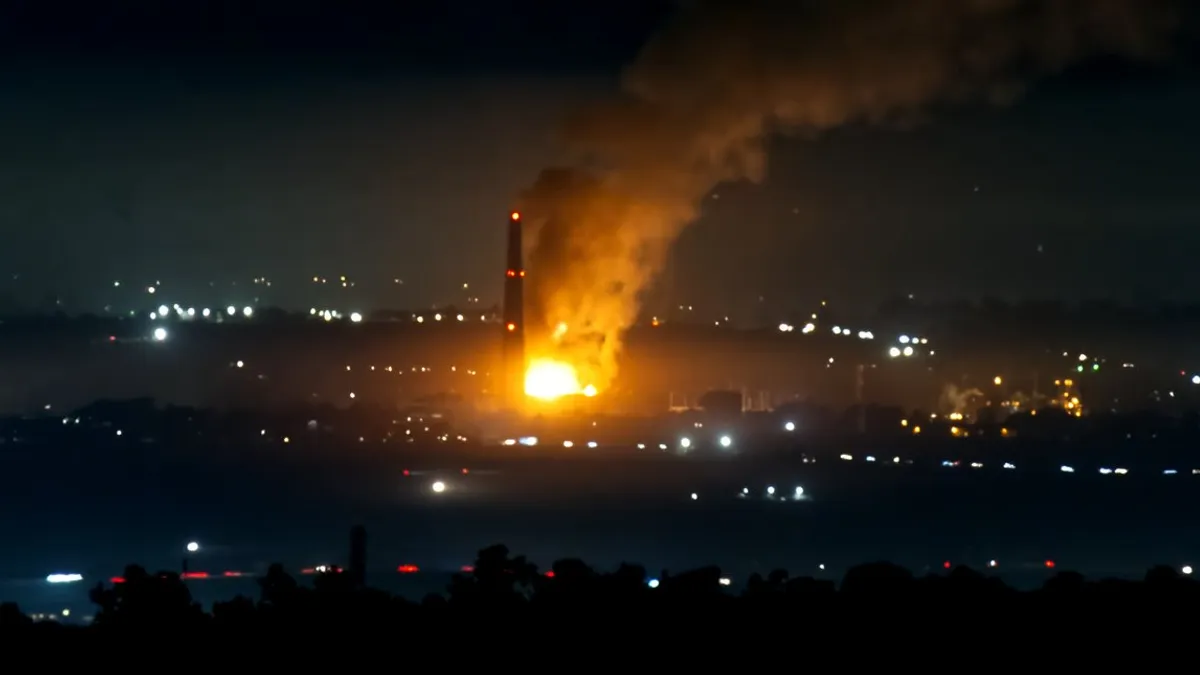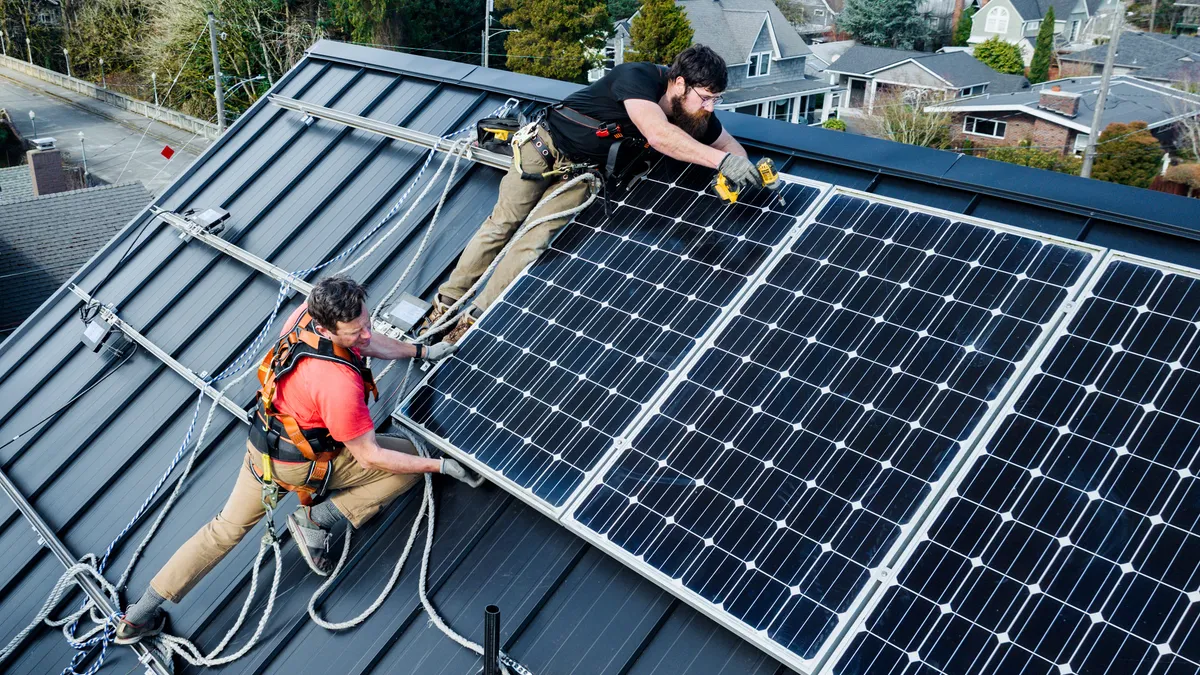A new, hybrid storage technology could be making its way to the United States, if a U.K. company’s plans pan out.
Last month, Highview Power Storage won £1.5 million ($2.03 million) in funding for a new hybrid configuration of its existing Liquid Air Energy Storage (LAES) system from the U.K. government’s Innovate UK program.
The funding will pay for the addition of supercapacitors and flywheel technology to Highview’s existing 5 MW, 15 MWh LAES facility at Viridor’s Pilsworth landfill gas plant in Bury, near Manchester, U.K. That project was the recipient of £8 million ($10.8 million) in funding from the Department of Business, Energy and Industrial Strategy in 2014 and is due to come online by year end.
Quick response
A LAES system has a ramp rate similar to a gas-fired peaking plant. Adding flywheels and supercapcitors gives the system the ability to respond even more quickly to the U.K.’s frequency response market and enables it to layer on more revenue streams, said Richard Riley, Highview’s business development manager for North America.
“The next step is to build a complete system,” Riley told Utility Dive. The minimum size for a commercial scale LAES plant is 10 MW, which would cost between $40 million and $60 million, he said.
Highview wants to take its technology to that next step, from demonstration to commercial scale, and is looking for projects in the U.S. “The U.S. is probably the most healthy storage market,” particularly states such as California, Hawaii and New York, Riley said.
Riley acknowledged that there is a challenge in the U.S.’ patchwork of state regulatory regimes, buts said the state of regulation for energy storage in the U.S. is “promising.” Energy regulation in the U.K. is slower moving and more “deliberative,” he said.
While a LAES system itself is new, its component parts rely on existing technology. “A lot of the equipment comes from the oil and gas industry. It is all catalogue equipment,” Riley said. The most expensive component in the system is air liquefaction equipment.
Liquid air storage
Liquid air has been used industrially for decades, but it did not appear as a storage technology until about 2001 when it was developed by Peter Dearman, a garage inventor in Hertfordshire. “Dearman engines” are being explored for use in liquid nitrogen fueled vehicles, including zero emission refrigerated trucks. Highview Power was created to use Dearman's technology for energy storage and move it to the commercial stage.
A LAES system cools and compresses air into a liquid that is stored in what is essentially a giant thermos. When the air is released, it expands rapidly and is used to drive a conventional expansion turbine. To increase the efficiency of that process, the air is heated as it expands. The system also incorporates devices that can store heat from the air liquefaction process and cold from the process of moving the air back to ambient temperature in order to further increase system efficiency.
A LAES system also can be paired with other industrial plants to gain efficiencies by using waste heat and cold. Highview’s 350 kW, 2.5 kWh demonstration project in Slough, U.K., uses waste from a biomass plant. Highview says another application for its technology would be to pair it with a liquefied natural gas (LNG) plant that compresses natural gas into a liquid.
The roundtrip efficiency of a LAES system is about 60%, but Highview says it can boost that up to about 70% by gaining efficiencies from thermal storage or hosting. The biggest cost in operating the system is purchasing power to run the compressors for the initial air liquefaction process. The system also has a parasitic load of about 10%, says Riley.
Compressed air energy storage
In many ways, a LAES system is comparable to a compressed air energy storage (CAES) project or the CAES technology that Hydrostor is tweaking by pumping the air that stores the energy into an underground reservoir instead of an underground cavern.
Among the benefits of those systems are that they have a long life span and longer duration or discharge times than battery storage systems. A LAES system could last for 30 years and can discharge for "tens of hours or even days," Riley said. The heat loss of energy from the storage tanks is about 0.1% a day, he said. Those systems also can be configured to very large sizes for energy storage, up to hundreds of megawatts.
That is one of the chief benefits of LAES, Riley said. It can be scaled to very large sizes with very low lifetime costs. That also means that LAES lends itself to certain applications more than others. It would not be good for residential storage, for instance, but could provide peaking power or be used to “chop peaks” or as a non-wires alternative for a substation upgrade, Riley said.
For some applications such as those, “LAES is the lowest cost system that is unconstrained by geography, meaning that it can be located where the value of storage is highest,” Riley said. He cited to Lazard’s levelized cost of energy storage study that put the low end cost of LAES – or thermal storage as Lazard calls it – at $227/MWh compared with $152/MWh for pumped hydro and $116/MWh for compressed air.
Riley said Highview is already “engaging with utilities” in the U.S. for sites and applications for its next installation and hopes to initiate the company’s first commercial projects in the next 12 months.




















